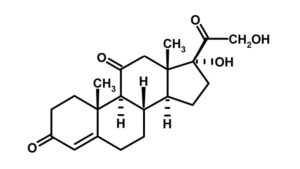Mechanical forces link bone matrix mineralization and inhibition of angiogenesis to limit adolescent bone growth
Highly angiogenic type H blood vessels pave the way for osteoblasts surrounding these vessels during growth of long bones. At the end of adolescence, type H endothelium is transformed into quiescent type L vessels lacking the capacity to promote bone growth. Until now, the signals that control the switch of vessel subtypes and thus limit adolescent bone growth have remained ill defined. Research of Max Löhning’s group in the Pitzer Laboratory of Osteoarthritis Research at the DRFZ, now published in Nature Communications, has discovered a two-step molecular mechanism by which mechanical forces drive the maturation of bone and blood vessels at the end of adolescence.
First, body weight-associated mechanical loading triggers the mechanoreceptor PIEZO1 to enhance the expression of FAM20C kinase in osteoblasts. This kinase mediates a burst in secretion of dentin matrix protein 1 (DMP1), previously described as a key factor in bone mineralization. Second, large amounts of extracellular DMP1 inhibit signalling of vascular endothelial growth factor and transform highly angiogenic type H vessels into quiescent type L vasculature to limit bone growth activity. In parallel, secreted DMP1 leads to rapid matrix mineralization and strengthening of long bones. Moreover, extracellular DMP1 acts as antiangiogenic agent not only in the ossification front underneath the growth plate but also in the subchondral bone underneath the articular cartilage of the joints. The mechanistic insights may be applied in bone healing studies, as well as in different kinds of bone pathologies featuring abnormal bone growth activity, including osteoarthritis, osteosarcoma and hormone-independent osteoporosis.


 Deutsch
Deutsch
